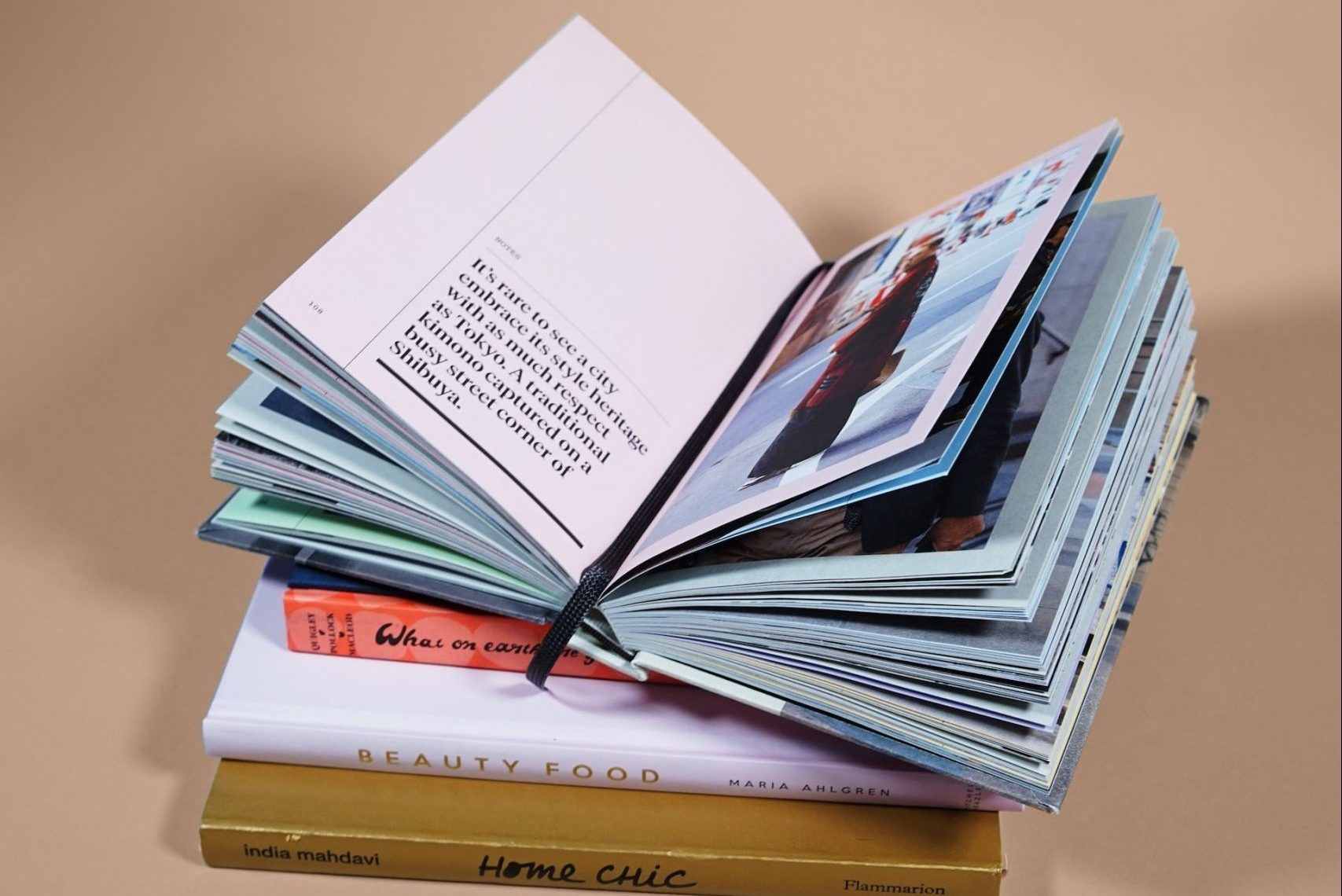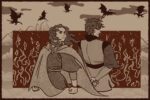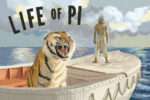We’re all well aware of the classic “damsel in distress” trope. The passive female character is put into danger and longs to be rescued by her knight in shining armor, his heroism being her only hope of salvation. But it’s time for a change. Book lovers should be wary of such overused writing tropes, and authors must be willing to venture out. Since we are comfortable reading and writing about things that are familiar — the damsel in distress being just one example — it can be difficult, for readers and authors alike, to explore new characters and storylines. If you’re a brave reader who wants to take a chance on a new character, or an author who wants to explore an unconventional love story, then read on!
Let’s start with the basics: What is a trope? As authors know, tropes can be tricky, and may be applied to the characters and/or plot points of a novel. Certain tropes are easy for authors to fall into, which poses a problem for readers who want something fresh and unique. A writing trope can become the foundation of the overall story, and readers typically look for them in certain genres of writing. Multiple tropes have been done to death, as authors fall back on them due to the sheer demand for these literary devices. However, the resulting works are repetitive and bland. Below, you will find some tropes that deserve more love and may just be worth exploring.
Soulmates
While this trope is culturally universal, readers and writers can explore romantic chemistry in other unique ways. The trope is meant to communicate that there’s someone out there for everyone, which makes for a happy ending. But why not change it up? Many authors seem to be unaware of the fact that people can discover their other half without the typical “love at first sight” encounter. A few brave authors have come up with creative ideas that have paid off, ranging from a red string for the partner to follow, a countdown that indicates exactly when they’ll run into their soulmate or a character who denies the soulmate trope entirely. For example, in “A Court of Thorns and Roses,” the main character Feyre has a strong mental link to Rhysand but does not accept him as her forever partner, instead opting to embark on a journey of her own.
Enemies to Lovers
Many readers and writers can’t get enough of the trope where the main characters start out as enemies, with a thick tension brewing between them. However, the characters eventually grow together, overcome their differences and — against all odds — fall in love. If you’re looking for a novel that portrays this trope rather well, then prepare to read a handful of books that gradually and conceivably ease these characters into loving one another. One great example is “The Legend Series,” which is set in a dystopian future. Main character June is born in one of the richest districts in the country whereas Day (June’s enemy-turned-lover) is contrastingly born in the slums and becomes one of the world’s most wanted criminals.
The Main Character Dying
Even though this may not be a favorite among most readers, it’s definitely a change of pace for those who don’t want a classic happy ending. The trope allows writers to build a character and compel the reader to genuinely care about them. However, with this trope — spoiler alert — the main character does die, which can be extremely disheartening to both the readers and the supporting characters. So, if you’re seeking a cathartic experience, then exploring this trope is the way to go. One book that effectively utilizes this trope is “They Both Die at the End,” in which Death tells two boys (Mateo and Rufus) that they will both die by the end of the day.
LGBTQIA+ Representation
The LGBTQIA+ community deserves more representation. This trope focuses on a character’s sexual orientation and identity, allowing those who are part of the queer community to relate to a character whose lived experiences mirror their own. Representation has become a crucial plot point for writers to implement and readers to experience, as the trope encourages people to become comfortable with who they truly are and provides a safe space for exploration. For those who don’t identify as LGBTQIA+ but want show their support, exploring this character trope is a great way to start. An excellent book showcasing the trope is “Draw the Line,” which follows the life of Adrian Piper, who must make a difficult choice: to stand out and be himself but risk ridicule, or to remain hidden and confined to the crowd.
Villain’s Perspective
Who doesn’t want to read a story from the villain’s perspective? This character trope allows readers to explore a story through the viewpoint of the antagonist, diving into the villain’s motive and backstory. This perspective has gained traction in recent years, as readers and writers have become bored with the traditional hero point of view. The villain’s perspective shows readers that villains may not be all that bad, and sometimes the story isn’t about the hero saving the day, but rather the villain uncovering the truth. For instance, “Renegades” follows Nova, a young villain with the power to put people to sleep. To avenge her past defeats, she spies on the heroic side in an underhanded attempt at taking them down once and for all.
Readers and writers have a universe of writing tropes at their disposal; this list doesn’t cover half of them. But it’s a strong start for those who wish to read something out of the ordinary, or for those who want to write something out of their comfort zone. Even though it can be hard for readers and writers to try something new, taking a chance on one of these recommended tropes is a great place to start. So, instead of reading the damsel in distress trope for the millionth time, try out one of these books instead!

















